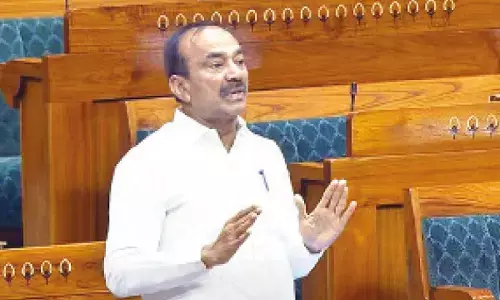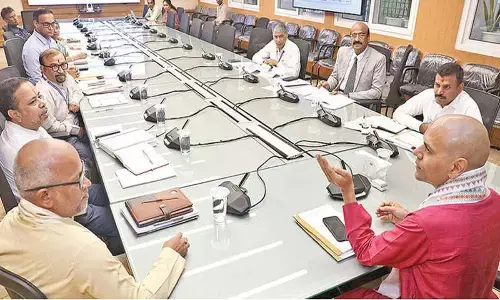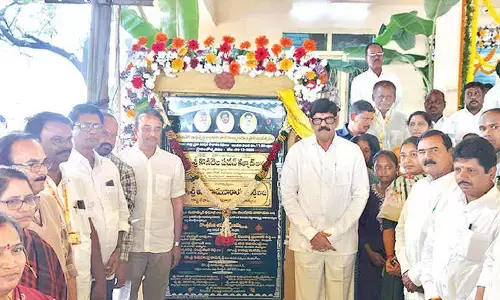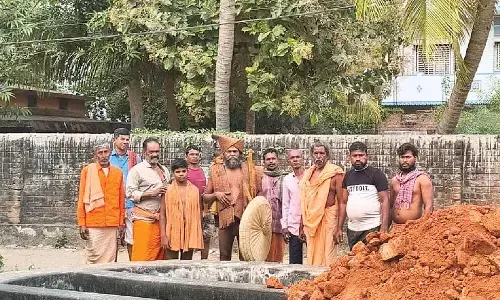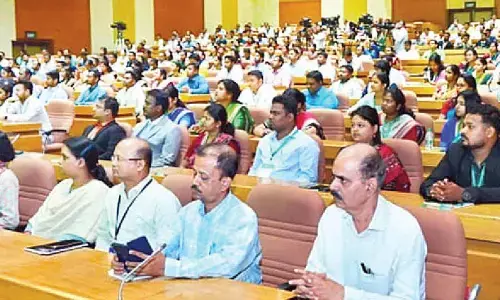Farmers in distress fall prey to the lure of brick kiln owners, lease out fertile lands
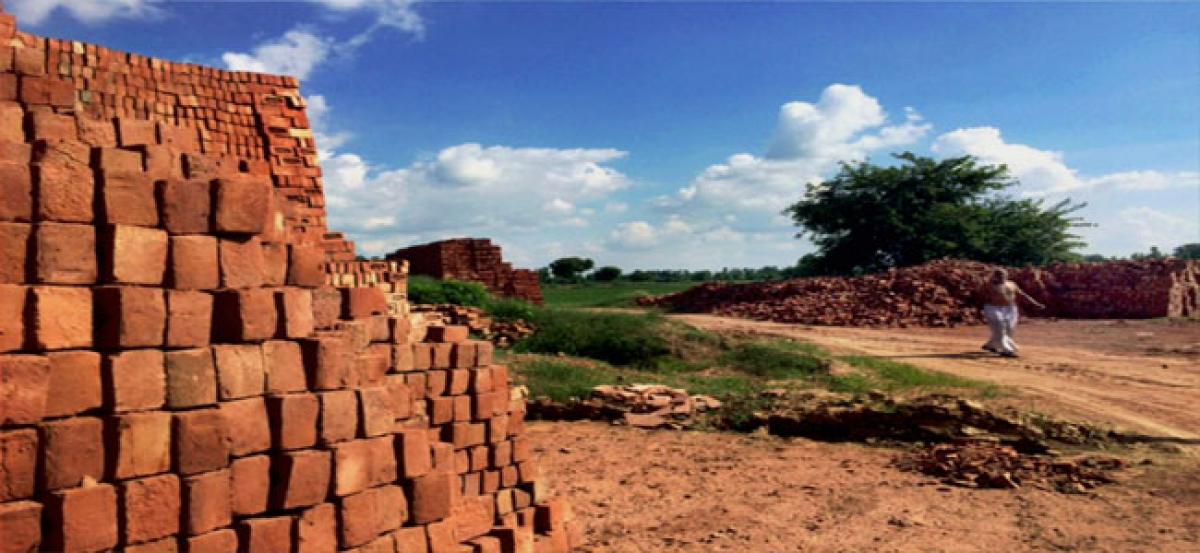
The brick kiln industries operating in these six villages manufacture around 70-80 lakh bricks per month, he said. Smoke emissions from brick kilns contribute 9 per cent of the total emissions in India, studies say. \"There is a huge environmental cost involved - from smoke emission and local air pollution to the loss of valuable top- soil,\" said Khurram Ahmed, a social activist.
Aligarh: Farmer Ghayasuddin needed Rs 30,000 to get his daughter married. But weighed down by three successive years of drought and mounting debts, he found it impossible to put the money aside for the wedding. So, when a brick kiln unit offered to lease an acre of his land for three years, the farmer thought he had struck gold.
When he was offered three times more than what he earned from his crops, he immediately gave his nod to the proposal. The farmer at Kodiyaganj Village in West Uttar Pradesh's Aligarh district was the first in his village to lease out fertile land to a brick kiln owner for Rs 45,000 a year. Today he regrets the day he said yes.
For what he didn't know was after the unit had dug out four feet of the top soil, the land was no longer as fertile as it used to be. "The land I got back was less fertile. I tried to grow some crops but they were of poor quality and the yield was also low," Ghayasuddin said.
With a construction boom across India, brick-making is a lucrative business in Uttar Pradesh villages, with hundreds of furnaces baking millions of bricks day and night. The story of Ghayasuddin turns the spotlight on many such hamlets in the region.
Over 250 farmers in six villages - Kodiyaganj, Sikanderpur, Akrabad, Sakra, Gabhana, Dadaun and Pilakhana - in Aligarh have leased out about 200 acres of land to around 100 brick kiln units in the last four years. Some farmers said they were forced to do it because the prolonged drought had pushed them to the brink of starvation.
"The proposal by the brick kiln industries came when we were in desperate need of money. We were making Rs 12,000 per acre by growing crops and for the same acre we were paid Rs 45,000-60,000," said Imran Khan, a farmer from Sikandrabad who grew rice and wheat alternately on his field.
A few farmers said they were forced to lease out their land when their surrounding fields were dug out, leaving their field at a higher level, which led to their soil being washed off to the neighbouring, quarried fields.
Those who still held on, found it increasingly difficult to irrigate their elevated land. Ramesh Singh, a resident of Pilakhana village, said he was against leasing out his land to brick kiln units but had to yield to them when his crops started dying because water couldn't reach his raised land.
"On all three sides, there was quarried land, which made it impossible for water to reach my field. I know the degradation the quarrying will cause to my land, but I am helpless as my crops are dying either way," Singh said. Singh leased out four acres of land to Kamal Udyog for three years for Rs 50,000 per acre per year.
The owner of the industry, Kamal Agarwal, however stressed he was helping farmers of the area. "Without our industries, farmers would have starved. We are paying them nearly three times of what they would have got by selling their crops. Moreover, each brick kiln industry gives employment to at least 50 labourers," Agarwal said.
The brick kiln industries operating in these six villages manufacture around 70-80 lakh bricks per month, he said. Smoke emissions from brick kilns contribute 9 per cent of the total emissions in India, studies say. "There is a huge environmental cost involved - from smoke emission and local air pollution to the loss of valuable top- soil," said Khurram Ahmed, a social activist.
India, the second largest producer of bricks in the world after China, manufactures nearly 200 billion bricks a year, a 2015 CSE report said. About 70 per cent of these bricks are produced in the Indo-Gangetic plains, which have one of the world's most fertile alluvial plains, Punjab State Council for Science and Technology said in a 2009 report.
"Brick fields are mostly situated on riverine fertile agricultural land as they need clayish, silty, loamy, clay loam or silt loam soil with good texture," Ahmed added. After the brick kiln industries have excavated the top soil, farmers are forced to grow either rice or millet, crops that require more water.
Because of water-logging in their fields, they find it difficult to grow vegetables and other crops such as wheat and corn on their once fertile land. "Water logging in the quarried land is a common problem.
farmers are forced to grow crops that require excess water. In some cases, water logging makes it impossible for them to grow any other kind of crop," Ahmed said. Building construction in India is estimated to grow at a rate of 6.6 per cent per year between 2005 and 2030 providing a steady demand for bricks. The brick making industry is utilising 2.5 crore tonnes of coal and other biomass fuels per year, government reports have said.
By Uzmi Athar








